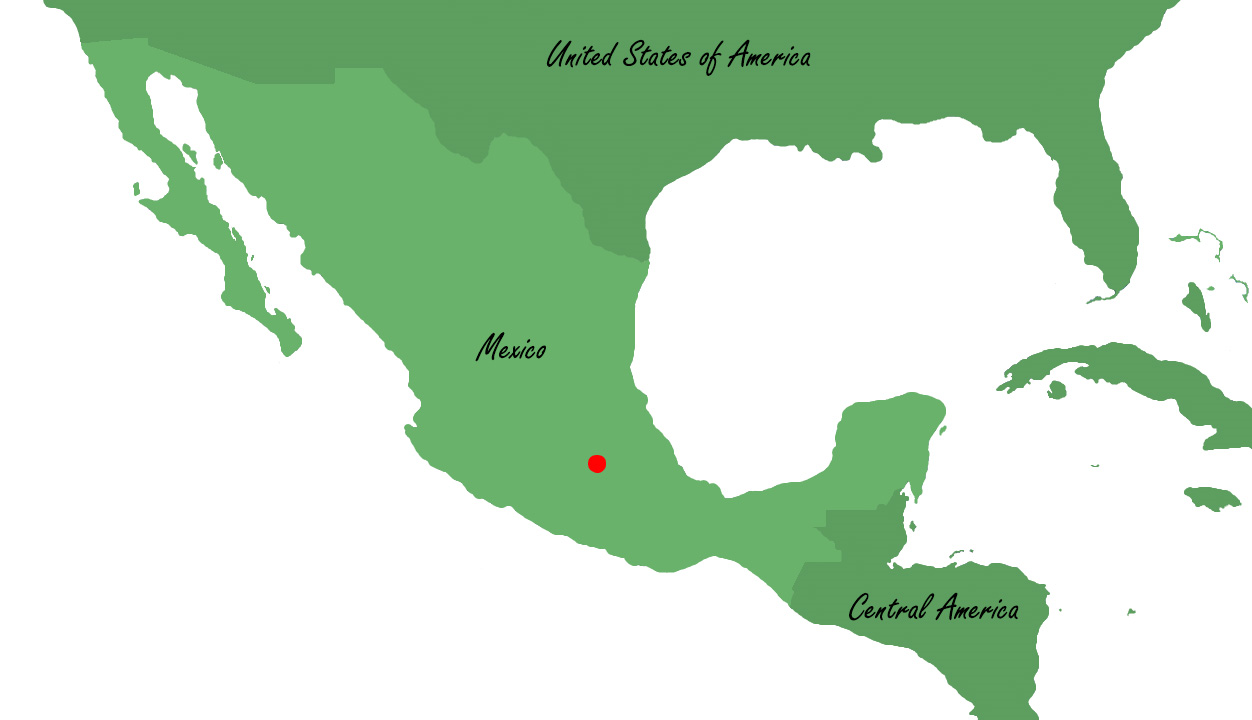- Home
- Herpetofauna Index
- Ambystoma Mexicanum
Ambystoma mexicanum
Axolotl
Ambystoma mexicanum
(Shaw & Nodder, 1798)

Length: up to 300mm in total body length, although typically around 230mm.
Weight: 60-105 grams
Description
The axolotl is a large species of neotic mole salamander (retaining juvenile features into maturity) native to the lakes around Mexico City. They are extremely rare in their native range; however, they are one of the most common amphibians in the international pet trade.
Axolotls like other salamanders, have a generally lizard-like appearance but differ from many other members of the order through the retention of juvenile features. These include three pairs of gill stalks (feather-like protrusions at the base of the head), and a caudal fin which runs from the base of the neck, along the tail, and around to the cloaca.
There are several different colour morphs of axolotl internationally; however, in Aotearoa/New Zealand, there are generally only two: the wild type, which is brown with gold speckling, and the leucistic morph, which is pale pink with red gills.
They are easily differentiated from the other exotic salamanders/newts kept in captivity by their large size, robust build, presence of gills and fins as adults, and the lack of bright red/orange/yellow colouration on their ventral surfaces.
Life expectancy
In captivity, axolotl can live for 7-12 years, although at that age they are no longer capable of breeding. Life expectancy in the wild is likely to be much lower.
Distribution
Should not occur in the wild in New Zealand (please report to MPI if located).
The axolotl is endemic to the Mexican Central Valley where it formerly occurred in several lakes and wetlands. However, with the expansion and growth of Mexico City throughout recent centuries the population has been significantly reduced, and now only occurs in the Xochimilco area.
Ecology and habitat
Axolotls are a completely aquatic species of salamander, that historically occupied the high-elevation lake and wetland systems around Mexico City. Before the colonisation and extensive development of the region, they would have been the natural apex predator within these systems, however, the introduction of exotic fish species such as the Nile tilapia (Oreochromis niloticus) and common carp (Cyprinus carpio) displaced them from this position.
Generally, they are considered nocturnal due to their tendency to be more active at night, however, in predator-free environments, they are active throughout the day and more cathemeral. Accordingly, in the wild, axolotls appear to stick to vegetated areas during the day and become more active during the night when they are less likely to be predated.
Today axolotls only occur within the highly degraded wetland, and lake habitats of Xochimilco, specifically inhabiting the relatively clear and pollutant-free waters surrounding natural springs and chinampas (small man-made islands built on reeds that are used for agriculture).
Social structure
Axolotls are for the most part solitary in nature but can be found inhabiting structures and refugia with congeners.
Breeding biology
females reach maturity between 12-15 months old, whilst males reach reproductive age earlier at around 9-12 months. One female can lay up to 1,000 eggs every 3-6 months. Males perform a courtship routine with the females after which they place spermatophores on substrate for the female to pick up in her cloaca. 18-24 hours after fertilisation female lays eggs on vegetation.
Diet
The axolotl is primarily carnivorous, and generally considered the natural apex predator in their native ecosystems, feeding on a variety of molluscs, crustaceans, insects, fish, and other amphibians.
Disease
Axolotls can be affected by a variety of diseases in captivity, most of which relate to poor husbandry practices. Maintaining appropriate water temperatures (17-18°C) and substrates (fine sediments) is important as these are often the main contributors to disease issues.
Salamander chytridiomycosis (caused by the fungus Batrachochytrium salamandrivorans) may be an issue for wild individuals in their native range.
Conservation
Although highly abundant in captivity, the axolotl is extremely rare in the wild and is consequently classified as critically endangered by the IUCN (the highest threat classification). As such, there are many projects being undertaken to understand its ecology and restore its natural habitat.
Interesting notes
The word axolotl is Nahuatl in origin and means water dog.
In Aztec mythology, the axolotl is said to have come into existence when the god Xolotl, in fear of his imminent sacrifice threw himself into the water and was transformed.
Originally collected in 1863 for Paris’ Natural History Museum, they quickly became a favourite pet/display around the world, resulting in their abundance in the pet trade today.


